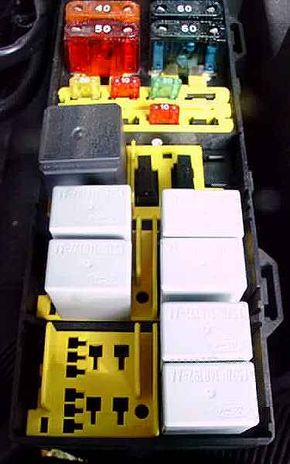Key Takeaways
- Relays use an electromagnet to mechanically switch a circuit on or off, allowing a small amount of electrical power to control a much larger power load.
- Commonly found in both household appliances and vehicles, relays enable electronic controls to operate high-power circuits like motors and lights efficiently.
- You can also use them in cascades or for Boolean logic operations to manage complex switching arrangements.
A relay is a simple electromechanical switch made up of an electromagnet
and a set of contacts. Relays are found hidden in all sorts of devices. In fact, some of the first computers ever built used relays to implement Boolean gates.
Advertisement
In this article, we will look at how relays work and a few of their applications.
Advertisement



